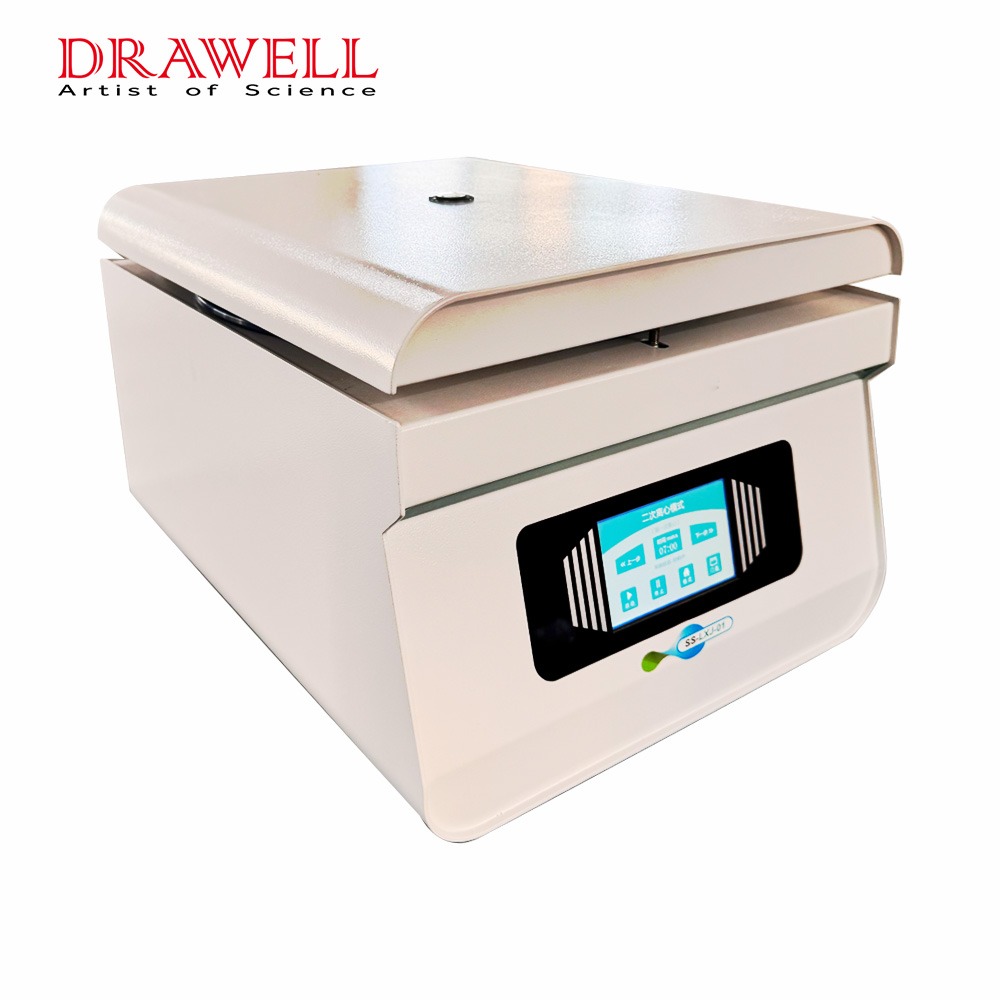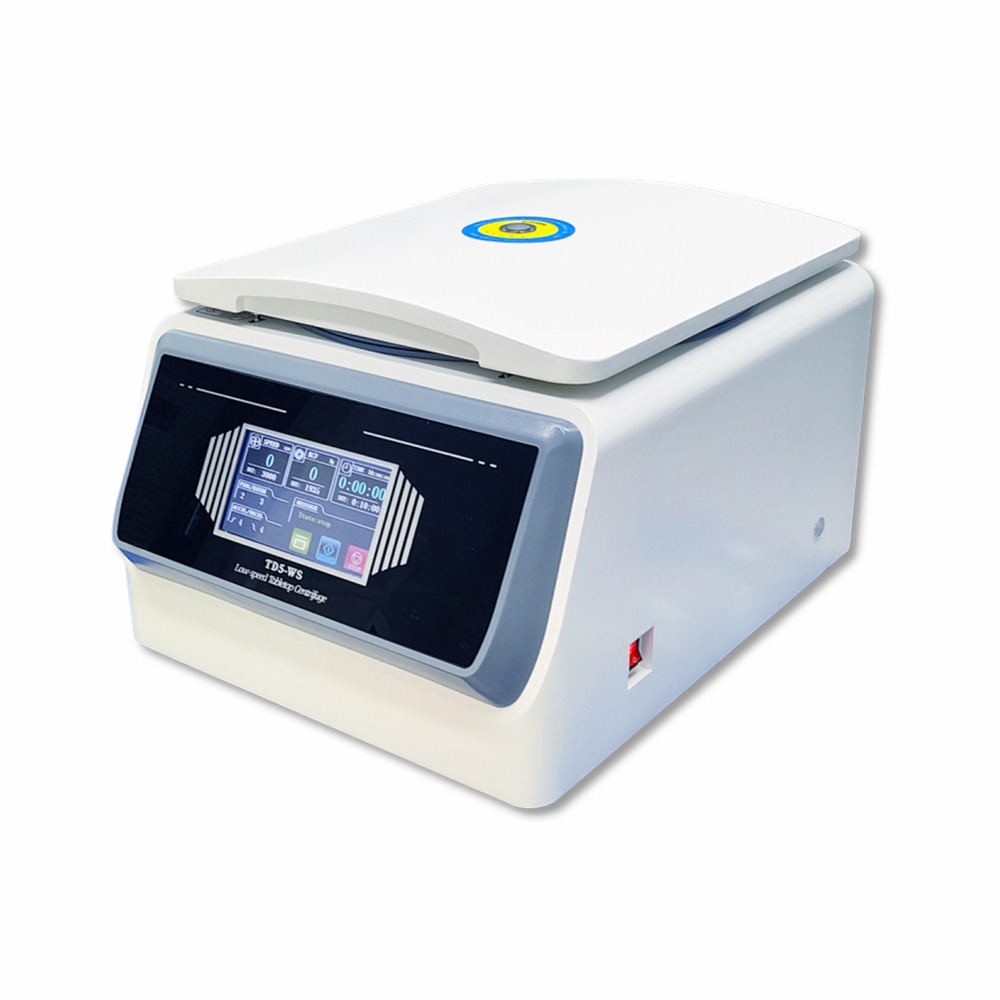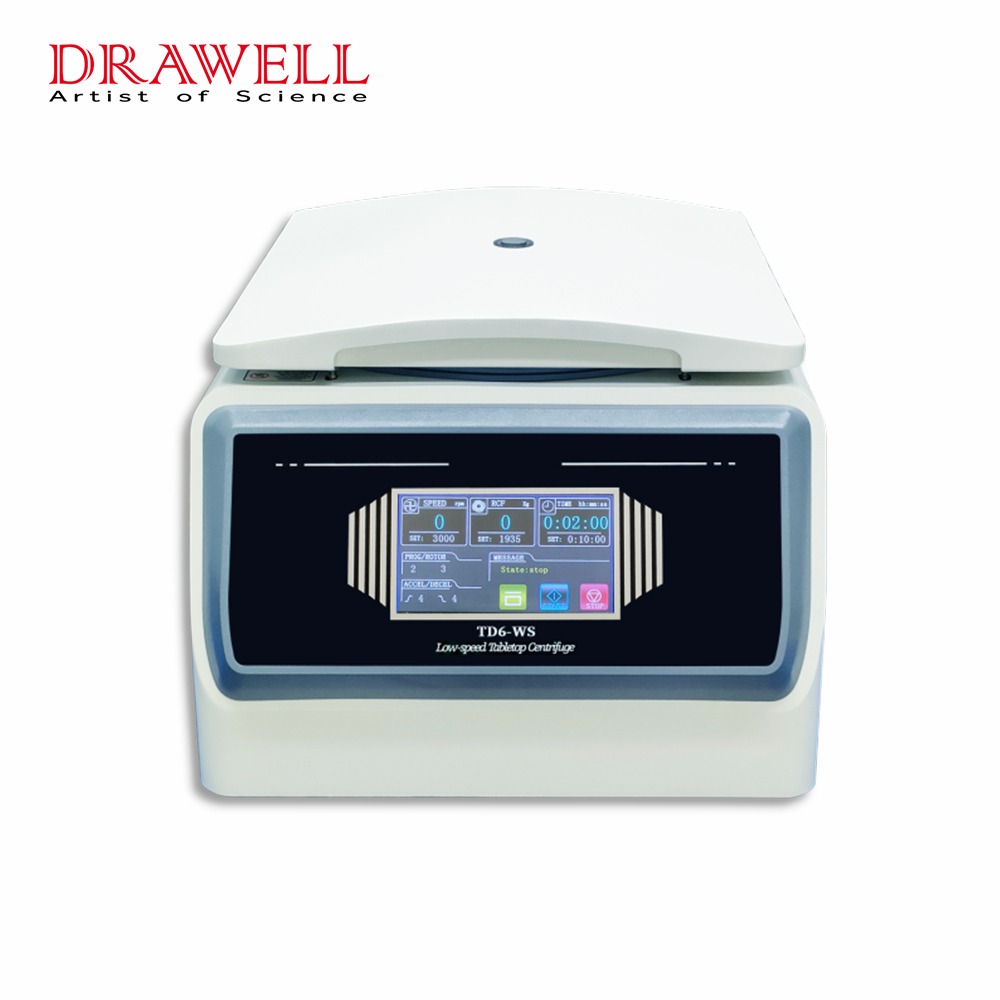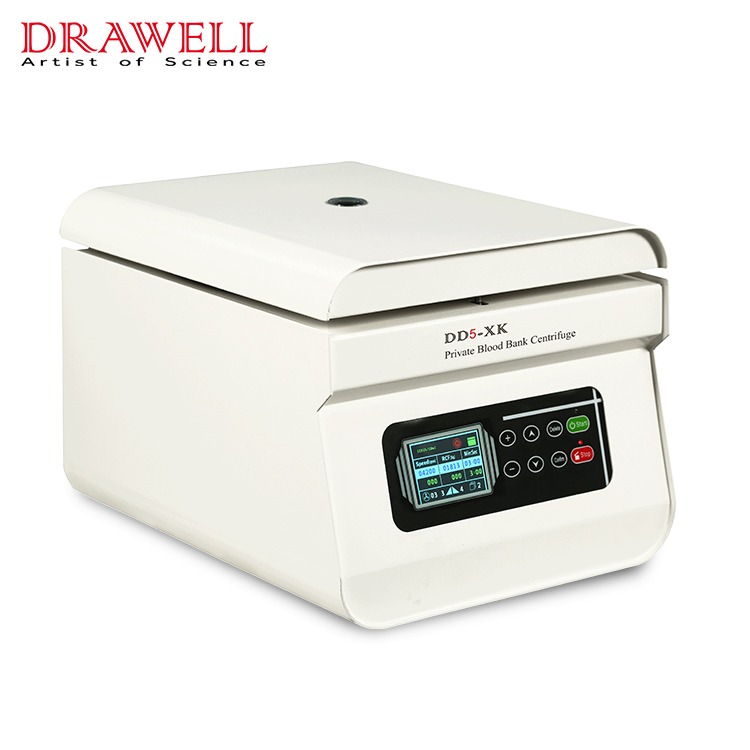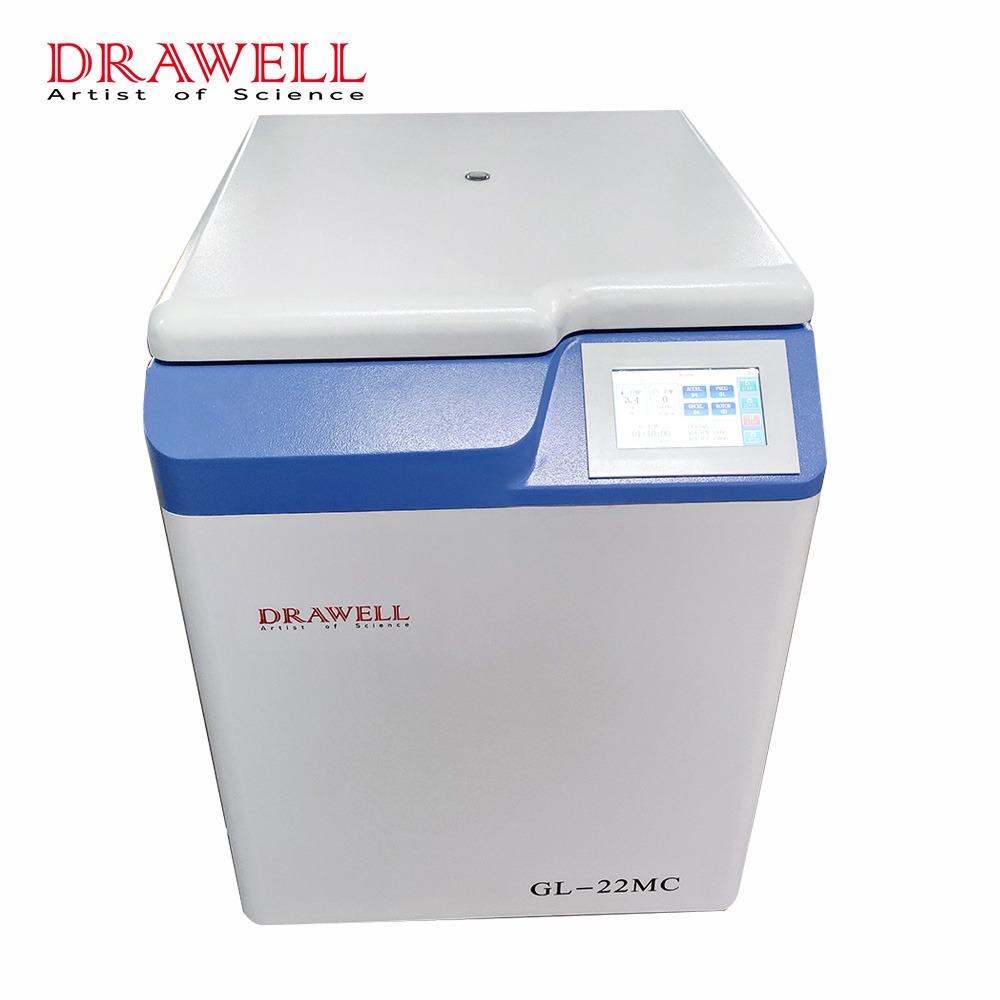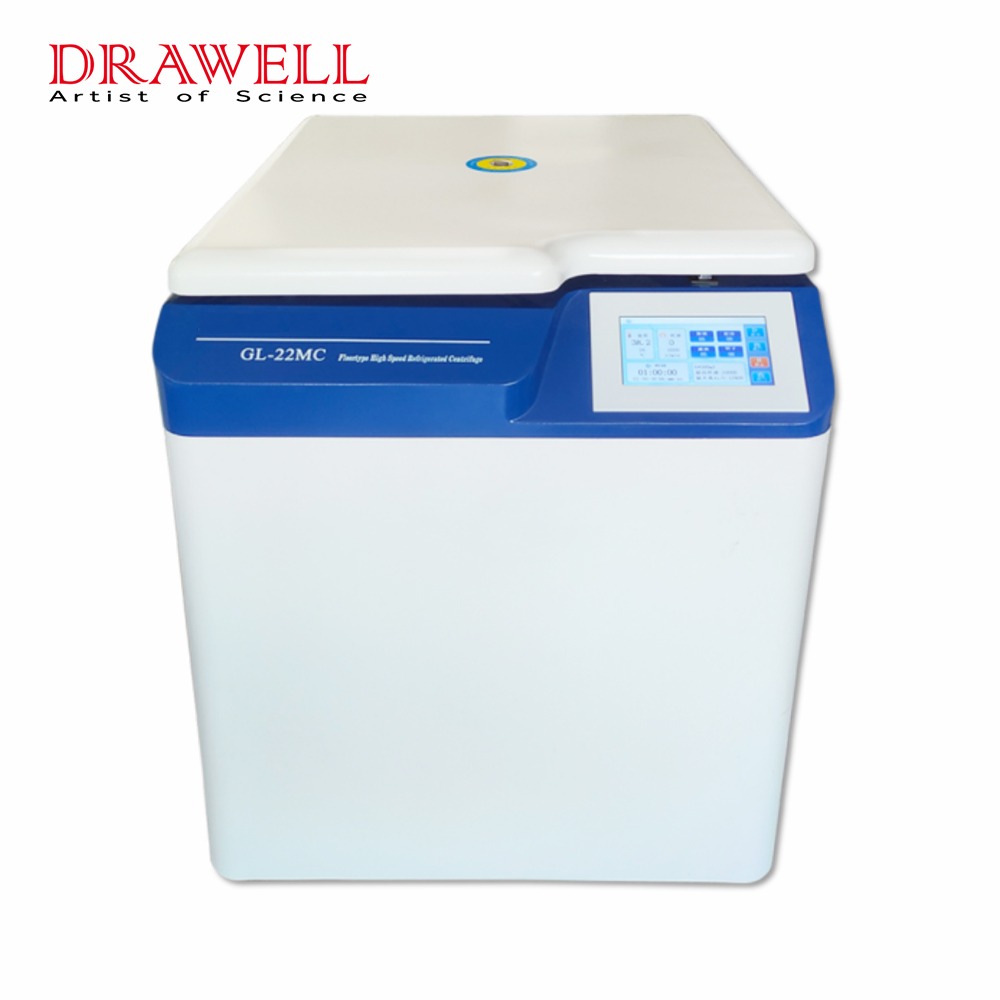In the bustling world of biomedical research, where unraveling the mysteries of life demands precision and efficiency, few instruments work as tirelessly and effectively as floor model centrifuges. These behemoths of the lab bench stand tall, their powerful rotors spinning at dizzying speeds to separate, concentrate, and purify biological samples. From isolating delicate viruses to prepping cells for culture, floor model centrifuges are the workhorses that underpin a vast array of biomedical research endeavors. This article delves into the pivotal role floor model centrifuges play in biomedical research, exploring their applications, benefits, and the transformative impact they have on scientific inquiry.
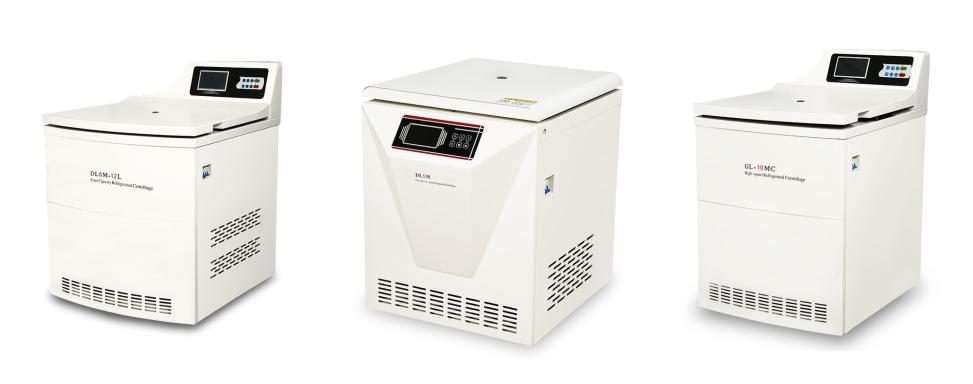
Benefits of Floor Model Centrifuges
Unlike their smaller benchtop centrifuges counterparts, floor model centrifuges boast the muscle to handle large sample volumes and achieve higher centrifugal forces (RCF). This translates to:
- High Capacity and Throughput
Floor model centrifuges are designed to handle larger volumes of samples, resulting in increased throughput. This feature is especially advantageous in research settings where numerous samples need to be processed efficiently.
- More robust separations:
Floor model centrifuges can achieve greater separation efficiency for complex mixtures, like isolating viruses from cellular debris or concentrating proteins from dilute solutions.
- Versatility:
These centrifuges accommodate a diverse range of rotors and tube sizes, to cater to various research needs, from basic cell pelleting to sophisticated density gradient separations. The versatility of floor model centrifuges makes them suitable for a wide array of applications in various fields of biomedical research.
- Advanced Control and Automation:
With sophisticated control systems and automation features, floor model centrifuges provide researchers with precise control over speed, acceleration, and deceleration. This level of control is crucial for delicate procedures and ensures reproducibility in experiments.
- Reduced Processing Time:
The enhanced speed and efficiency of floor model centrifuges contribute to reduced processing times, enabling researchers to obtain results more rapidly. This acceleration in experimental timelines is particularly beneficial in time-sensitive research projects.
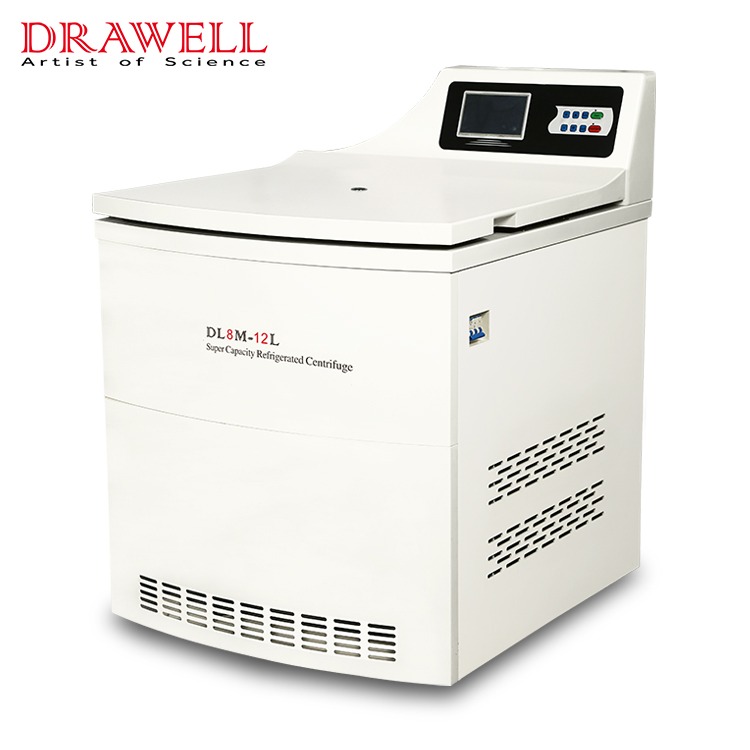
A Spectrum of Applications: From Bench to Bedside
The sheer diversity of applications served by floor model centrifuges is a testament to their invaluable role in biomedical research. Here’s a glimpse into their varied contributions:
- Cell biology: Isolating organelles, purifying proteins, and preparing cell cultures for downstream experiments.
- Molecular biology: Extracting nucleic acids (DNA and RNA) from cells, purifying plasmids for genetic engineering, and concentrating samples for analysis.
- Microbiology: Isolating viruses and bacteria from clinical samples, concentrating pathogens for identification, and preparing vaccines.
- Immunology: Isolating immune cells from blood or tissues, purifying antibodies for therapeutic applications, and enriching specific cell populations for further analysis.
- Cancer research: Separating tumor cells from blood for diagnostic purposes, isolating exosomes for biomarker discovery, and enriching specific cell populations for drug screening.
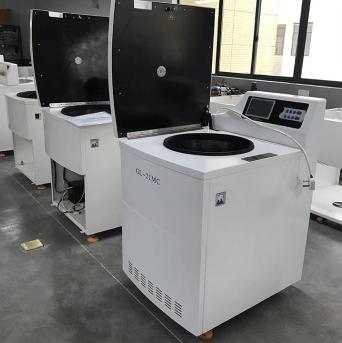
Choosing the Right Centrifuge: A Balancing Act
With a dizzying array of floor model centrifuges available, picking the right one for your research needs requires careful consideration. Key factors to ponder include:
- Capacity and RCF requirements: Match the centrifuge’s capabilities to the volume and separation demands of your experiments.
- Rotor compatibility: Ensure the centrifuge accommodates the rotors and tubes needed for your specific applications.
- Temperature control: Opt for refrigerated models if your samples require temperature-controlled processing.
- Ease of use and safety features: Look for user-friendly interfaces, automatic rotor recognition, and robust safety mechanisms.
By carefully considering these factors, researchers can select the floor model centrifuge that perfectly complements their research workflows and propels their discoveries forward. If you have no idea of chosing the right model, please feel free to contact Drawell – the Centrifuge Manufacturer.
Conclusion
Floor model centrifuges are not just workhorses; they are testaments to the relentless pursuit of innovation in biomedical research. From the development of high-performance rotors to the integration of advanced automation and data acquisition systems, these centrifuges are constantly evolving to meet the ever-growing demands of scientific exploration. As biomedical research continues to push the boundaries of knowledge, floor model centrifuges will undoubtedly remain indispensable partners in this thrilling journey. Their unwavering power, versatility, and adaptability ensure that they will continue to be the silent heroes of countless breakthroughs, quietly spinning their way towards a healthier future for all.


